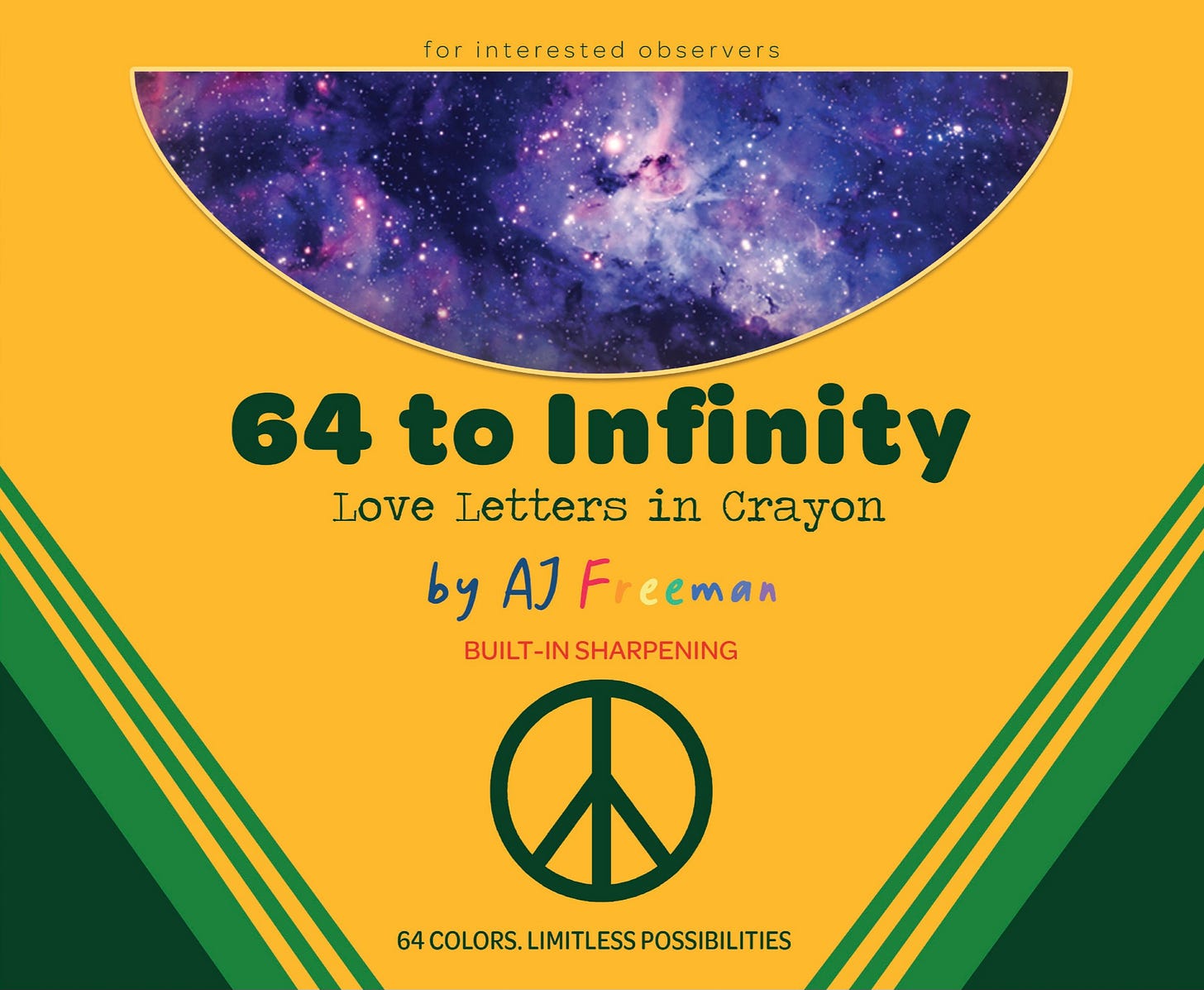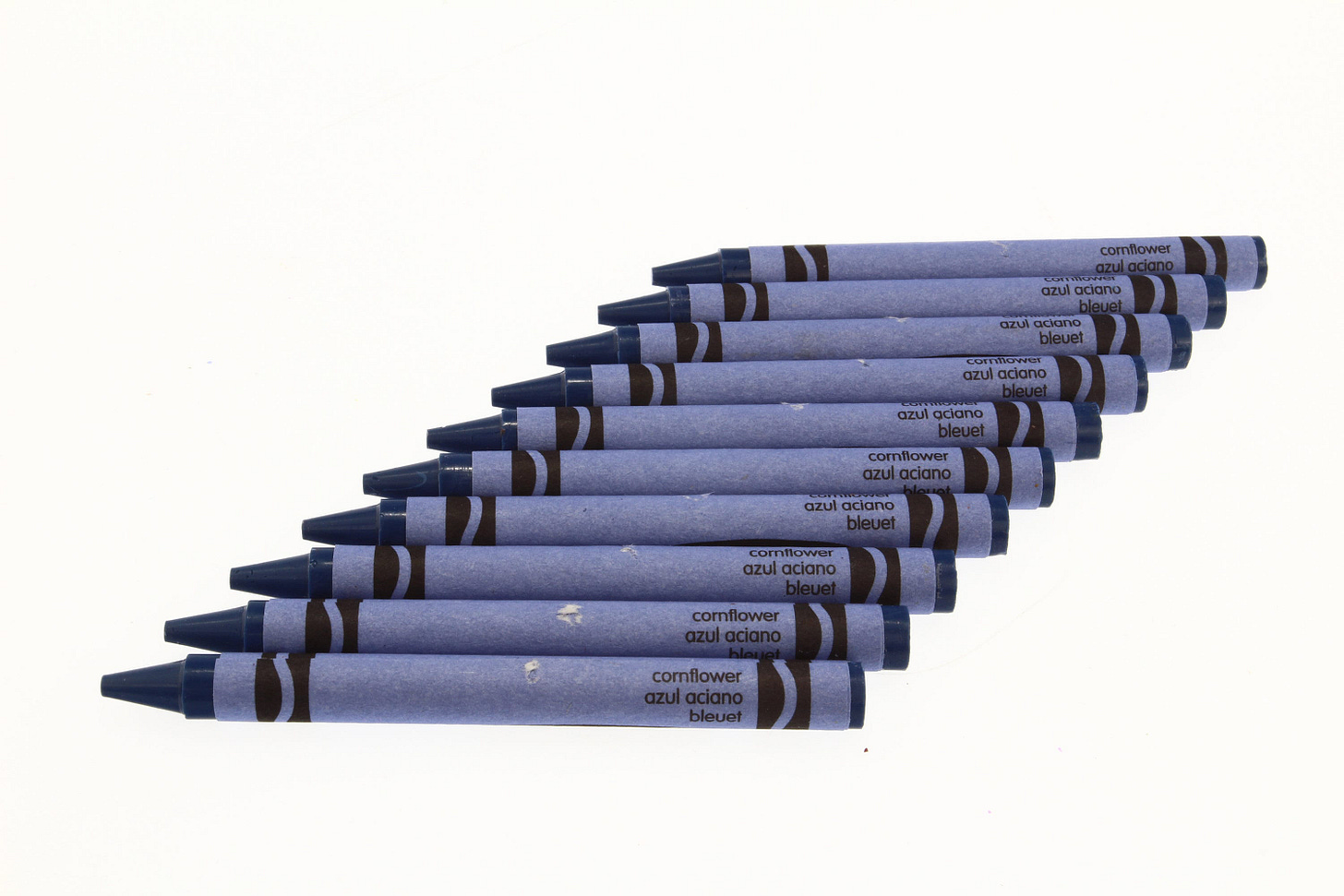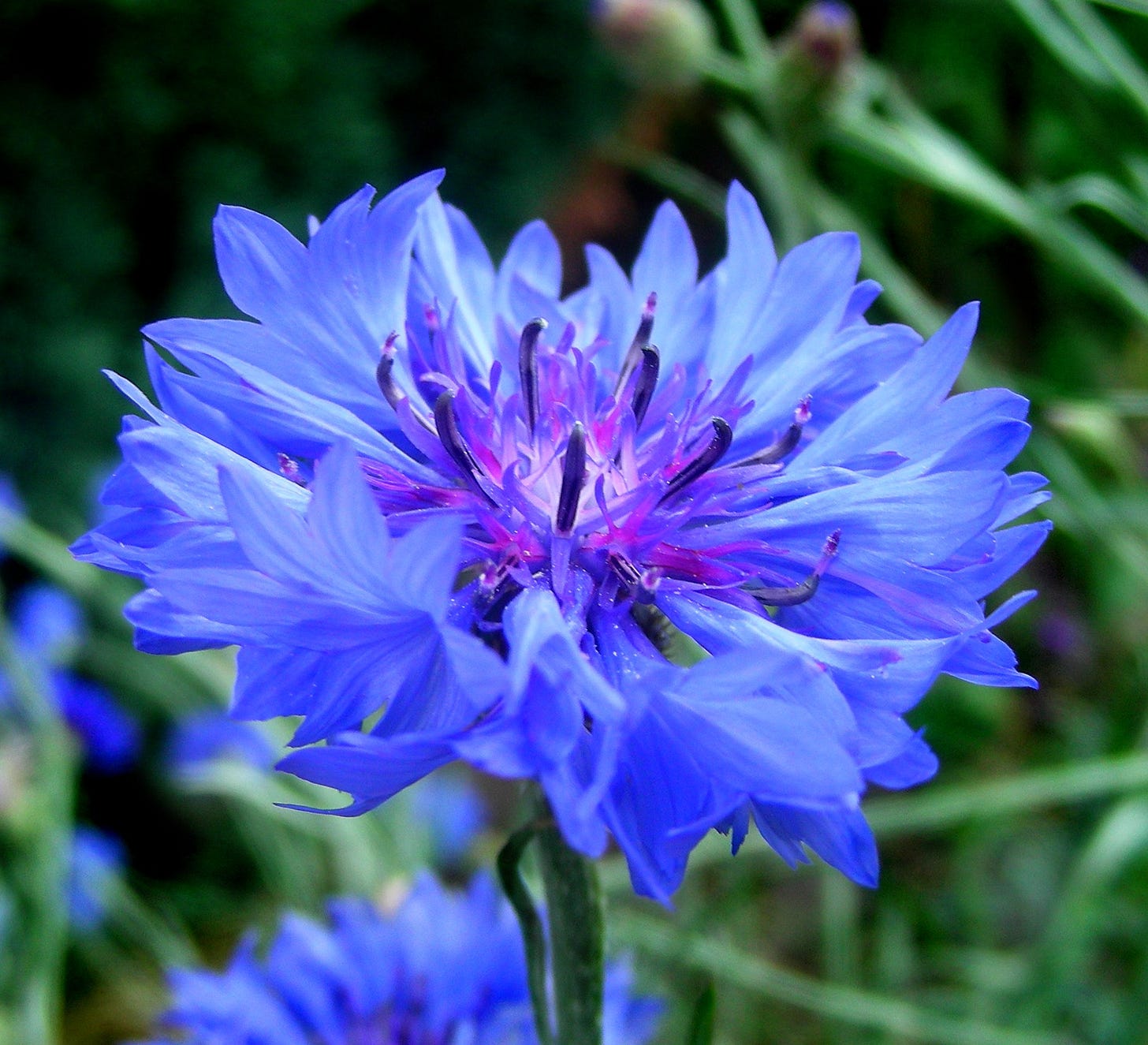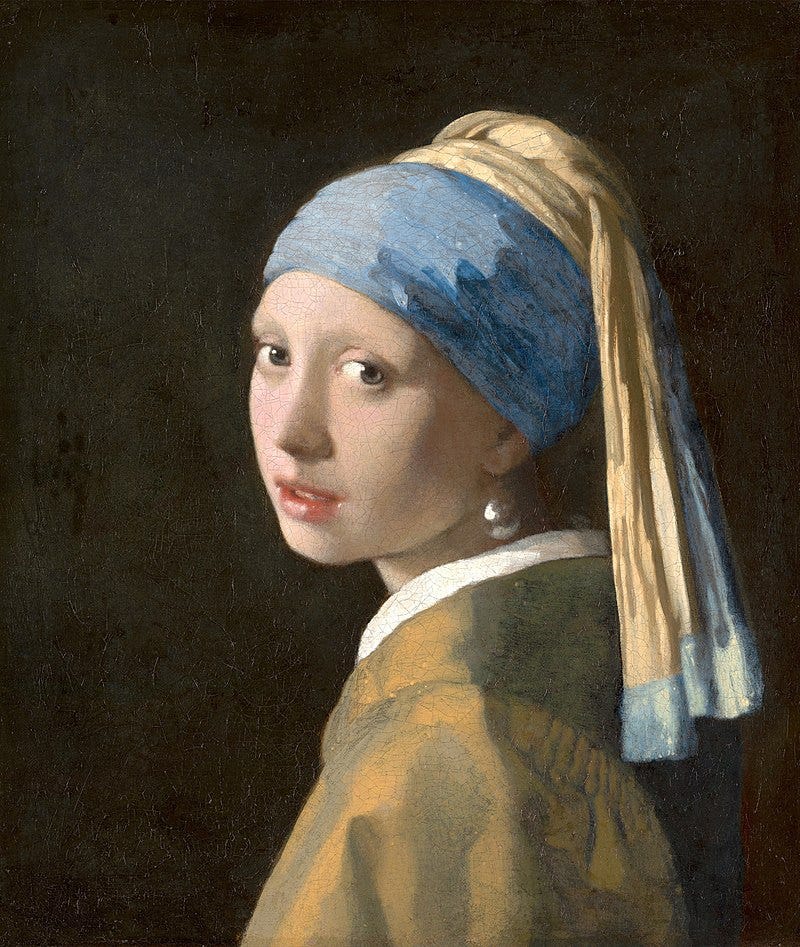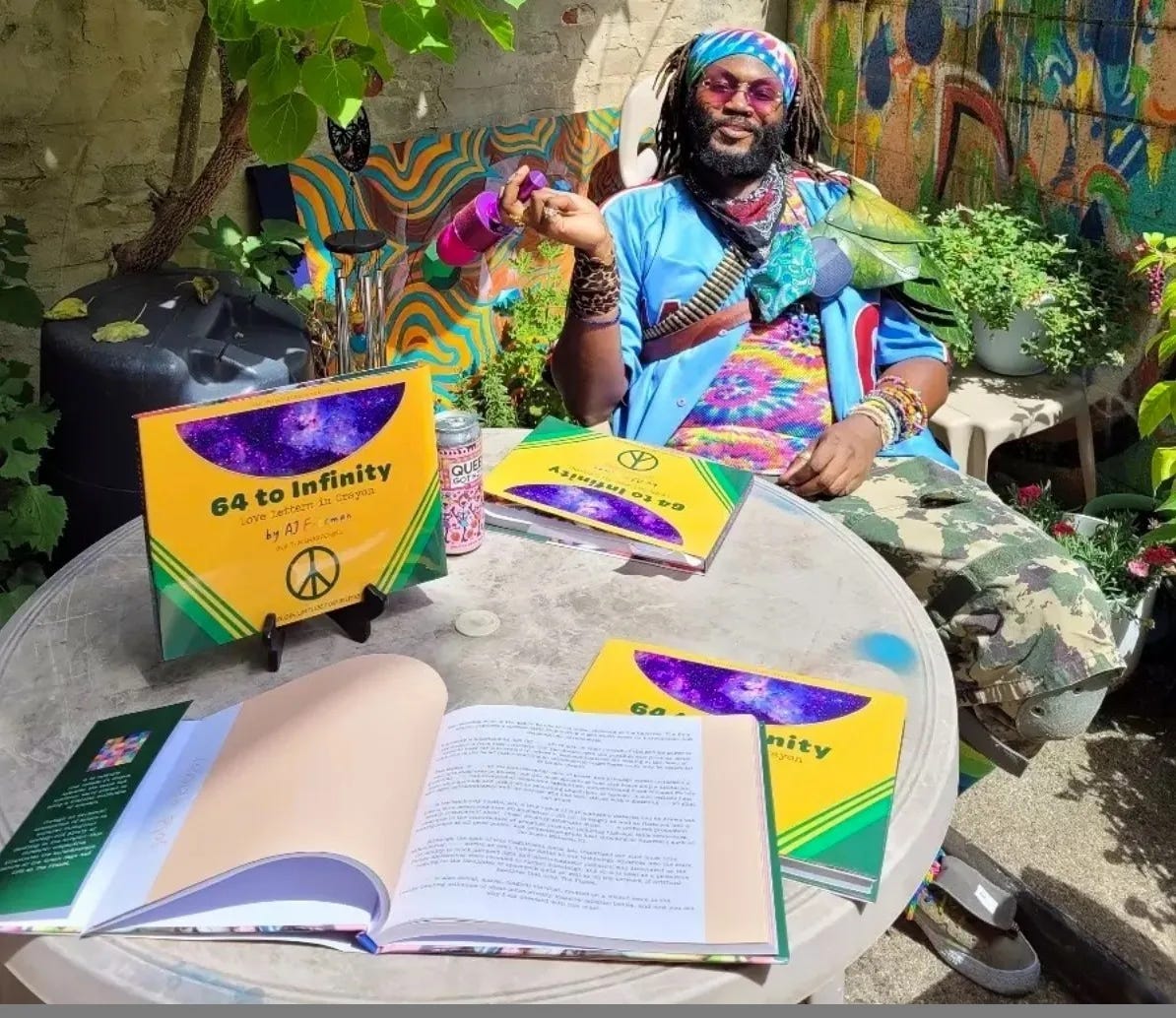Love Letters in Crayon: Cornflower
Flower or weed? Cornflower's place in the pantheon of pigmentation illustrates the minimal distinction.
Every Friday afternoon, “64 to Infinity: Love Letters in Crayon” will illustrate the long, strange story of humankind in one of the 64 colors that make up this world-famous primary palette. Last week, we sailed the ocean blue to explore Chestnut’s underrated impact on the history of our modern world. Today, we examine the hidden meaning and unlocked potential contained within every Cornflower crayon.
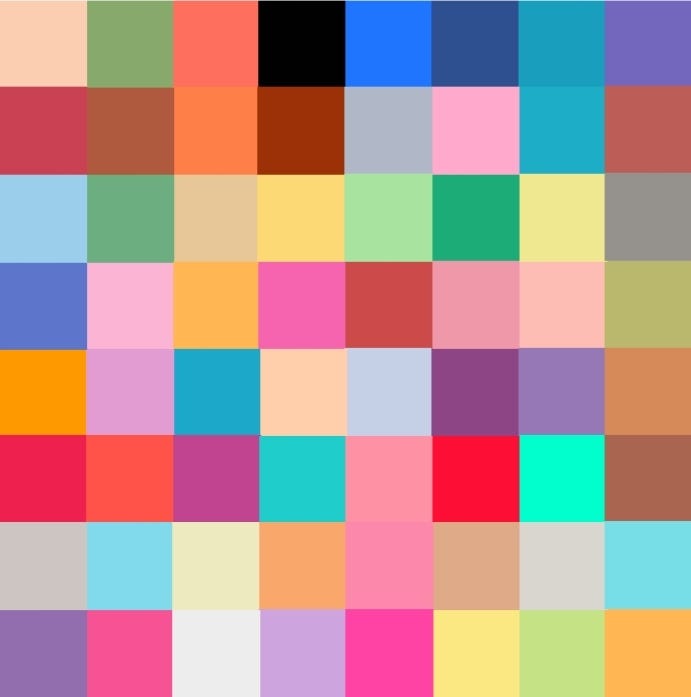
This colorful plant fundamentally defies its drab description as an unwelcome byproduct of grain farming...who gets to decide which are weeds and which are flowers anyway?
Indeed, the Cornflower is a native of the European region endangered in the wild due to overuse of herbicides.
Fortunately, a concerted effort by gardeners around the world has expanded its habitat by introducing them to the Americas as well as Australia.
The changing perception of the Cornflower is much more layered than might be gleaned at a glance.
This flower was among the many symbols Nazis and their sympathizers attempted to corrupt in their first unwelcome appearance on The Planet, noted as the favorite of Kaiser Wilhelm, last Emperor of Germany.
It was essentially employed among adherents as a lowercase swastika, letting Nazis and their sympathizers subtly identify one another back when they were shamed into silence.
In a more appealing context, Cornflower is painted into the consciousness of the art world as the signature shade of Johannes Vermeer, a 17th century artist immortalized for works including “The Astronomer” and his well-known “Girl with a Pearl Earring.”
The ardent artist had a deep appreciation for this color, even going deep into debt during his life to acquire the expensive Ultramarine dye required to create it because there is no substitute for our heart’s truest desires.
Giving us cause to consider where pageantry and purpose intersect, with careful consideration this seemingly mundane hue adds unexpected complexion to our perspective.
Cornflower even serves as a gateway to new possibilities as the base tone for the XNA Framework that allows today’s developers to create immersive digital worlds one line of code at a time, and now you see why I am obsessed with this color.
Cornflower brings us many shades of significance, and what might seem like an unremarkable shade delivers surprising depth and nuance. Next week’s crayon makes a more immediate impact, with bold and fearless Forest Green making an unmistakable mark on not only our shared human culture, but life on our planet!
Hey, AJ here. You’ve already made my day by taking the time to check out this selection from my book, “64 to Infinity: Love Letters in Crayon!” Most writers live and die without ever being appreciated, and so every moment of your time is a personal gift to me.
My career as a writer is made possible almost entirely by readers like you. If you’d like to support human creativity directly, you can make a monthly contribution through Patreon.
….and if you’d like to see a second hardcover print run for “64 to Infinity: Love Letters in Crayon,” you can make a one-time donation to the “64 to Infinity” Print Run Fund.



